Black carbon steel pipe, also known as black steel pipe, is a high carbon steel pipe with a blackened surface, which has a dark matte appearance and excellent mechanical properties. Its carbon content is usually high, giving it higher strength and hardness, suitable for harsh working conditions such as high pressure and high load. By reacting steel with alkaline oxidants at high temperatures, a dense Fe₃O₄ oxide film is formed on the surface, which not only improves corrosion resistance and wear resistance, but also effectively prevents further oxidation. It is widely used in construction, industry, energy and other fields.
Black steel pipes are produced according to certain standards and parameters. Currently, there are two most commonly used standards for evaluating black steel pipes, namely ASTM A53 and ASTM A106.
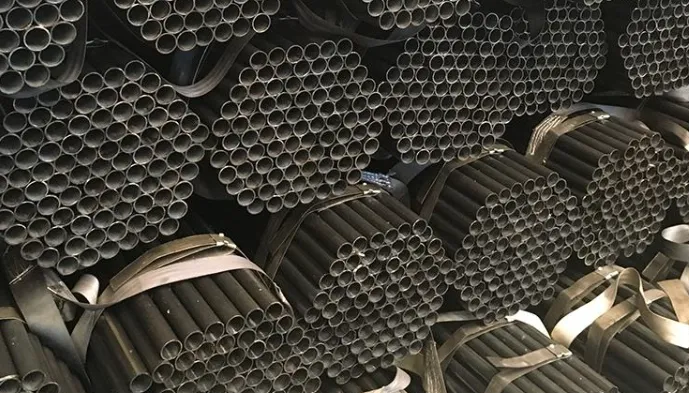
What are the material components of black steel pipes?
Black steel gets its name because its surface has not been galvanized, retaining the original black oxide layer, and its material composition is ungalvanized carbon steel. According to the ASTM A53 standard specification, black steel usually contains 0.18% to 0.30% carbon. This range of carbon content ensures that the material has good mechanical strength; in addition, the manganese content is between 1.30% and 1.65%, which helps to improve the hardening properties of the material, especially to enhance its heat resistance during welding; and the sulfur content is strictly controlled to no more than 0.05% to improve the weldability of the steel and avoid cracks or structural instability during processing. This formula allows pipes and fittings made of black steel to maintain rigidity while also having good ductility, making them very suitable for connection and sealing applications in pressure systems.
Manufacturing Process of Black Carbon Steel pipe
In modern industrial production, the manufacturing process of black carbon steel involves several critical steps to ensure that the final product meets the required quality and performance standards. The blackening treatment is the core step of the production process, aiming to impart a unique black oxide layer on the steel surface, enhancing its corrosion resistance and aesthetic appeal. The typical manufacturing process of black carbon steel includes the following steps:
Blasting: Before the blackening treatment, the steel surface must be cleaned to remove oil, dust, and other impurities, ensuring the effectiveness of subsequent processes.
Pickling: Acid pickling is used to remove the oxide scale from the steel surface, increasing the adhesion of the black oxide film, making it more uniform and durable.
Neutralization Cleaning: After pickling, neutralization treatment is usually performed to neutralize the acidic residues on the steel surface, ensuring no chemical residues remain that could affect subsequent treatments.
Blackening Treatment: The steel is immersed in a chemical solution containing blackening agents, where it undergoes an oxidation reaction at a specific temperature and time, forming a uniform Fe₃O₄ oxide film.
Post-treatment: After blackening, the steel typically needs to be washed, neutralized, and finally coated with a layer of oil or other rust inhibitors to further enhance its corrosion resistance.
This blackening process not only gives the steel its unique appearance but also improves its oxidation and corrosion resistance, allowing black carbon steel to be used effectively in a wide range of demanding environments.
Advantages of black carbon steel pipes
1. Low cost and high cost performance
Due to the lack of expensive alloying elements (such as chromium, nickel, etc.) in the alloy, the manufacturing cost of black carbon steel pipes is significantly lower than that of stainless steel or other alloy steel materials, making them an economical and practical pipe choice in industrial applications.
2. Excellent mechanical properties
The moderate carbon content (about 0.18%-0.30%), coupled with the manganese content of 1.30%-1.65%, gives black steel pipes good strength, toughness and moderate hardness, and can withstand certain pressure and mechanical shock.
3. Strong pressure resistance (especially seamless pipes)
Black seamless carbon steel pipes do not contain longitudinal welds, so they are safer than welded pipes in high-pressure environments. Seamless pipes can usually withstand working pressures that are more than 20% higher than welded pipes, and are more suitable for pressure systems and high-temperature and high-pressure conditions.
4. A certain degree of corrosion resistance
The black steel surface retains the black scale layer of iron oxide (ferrous oxide) that is naturally formed during the heat treatment process. This natural protective film has a certain resistance to certain mildly corrosive environments, and can replace galvanizing in some scenarios.
5. Good weldability and processing performance
The sulfur content controlled below 0.05% enhances the welding performance of black steel, making it more stable and less prone to cracking during secondary processing such as welding, cutting, and bending.
Disadvantages of Black Steel Pipe:
Corrosion Resistance: Galvanized pipe offers better long-term corrosion protection, especially in corrosive environments.
Aesthetics: The unattractive gray or black color of bare steel can be undesirable for some applications.
Overall, black carbon steel is not only a common material in infrastructure but also a crucial component in industrial development. Black carbon steel can be processed into
seamless steel pipes, spiral submerged arc welded (SSAW) steel pipes, and
electric resistance welded (ERW) steel pipes. Its strength, durability, cost-effectiveness, and ease of processing make it widely used in urban construction, industrial production, energy transportation, and many other fields.
As industrial society continues to evolve, black carbon steel, as a multifunctional pipe material, lays a solid foundation for supporting the progress and development of various industries. Its application not only promotes modern urban construction but also plays a key role in oil and gas transmission, industrial structural construction, and more on a global scale. With proper and reasonable maintenance and care, black carbon steel will continue to play its irreplaceable role in future industrial and infrastructure projects.






 English
English Español
Español بالعربية
بالعربية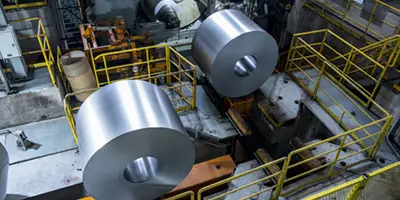

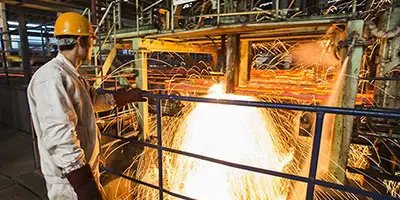
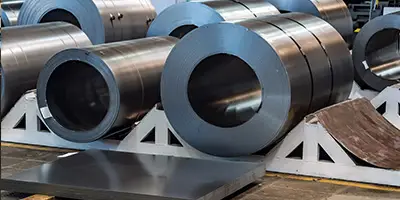

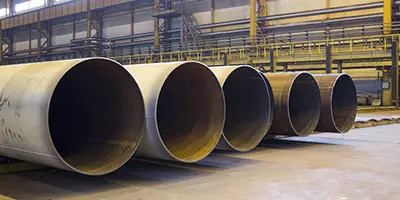
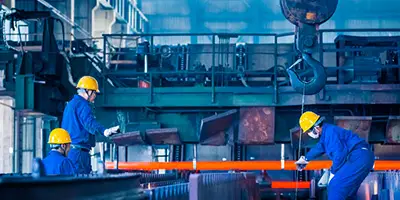
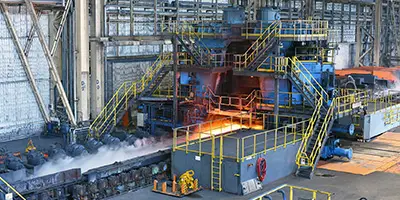
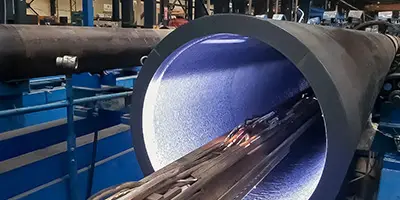
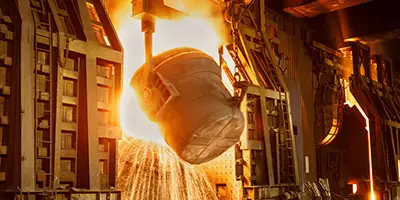
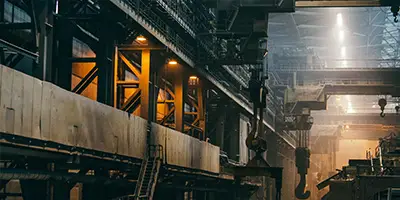

 Phone :
Phone :  Whatsapp :
Whatsapp :  Email :
Email : 


